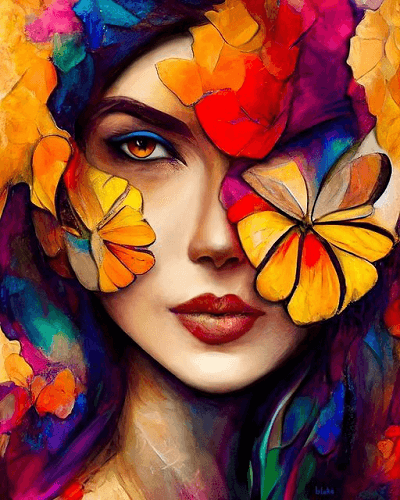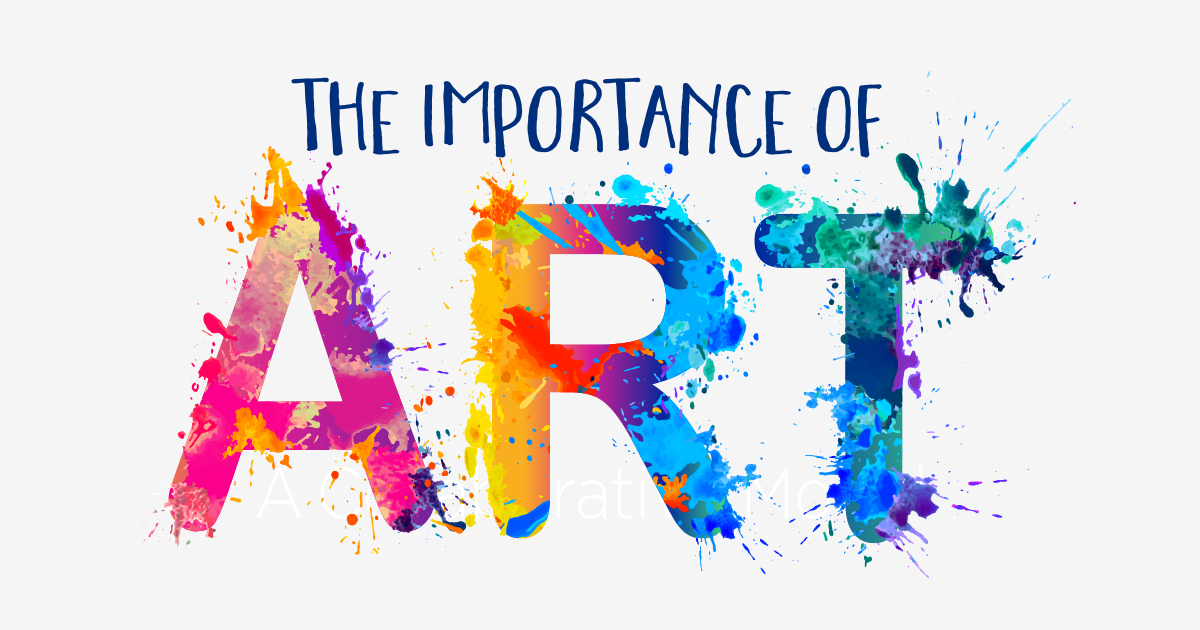Introducing the Most Intriguing Trump Art Pieces of the Years
Introducing the Most Intriguing Trump Art Pieces of the Years
Blog Article
Looking Into the Diverse Globe of Artistic Expression: From Surrealism to Abstract Realism
In the world of artistic expression, from the dreamlike landscapes of surrealism to the intricate play of light and type in abstract realistic look, artists have constantly pushed the boundaries of creative thinking and imagination. Each activity holds an unique lens whereby the world is seen and translated, providing a glimpse into the midsts of human emotion, understanding, and thought. As we check out the multifaceted world of art, we are presented with a tapestry of styles, techniques, and philosophies that test our understanding and prompt contemplation. The trip through these diverse types of creative expression assures to decipher a rich tapestry of visual storytelling and intellectual inquiry that astounds the mind and mixes the heart.
Surrealism: Letting Loose the Subconscious
Surrealism, a progressive imaginative motion of the 20th century, explored the depths of the subconscious, introducing a world of dream-like imagery and unconventional associations. Led by artists like Salvador Dali, René Magritte, and Joan Miró, Surrealism sought to test the traditional methods of understanding and seeing art. Via strategies such as automatism and dream evaluation, Surrealist artists intended to tap into the subconscious mind to reveal surprise realities and wishes.
One of the crucial elements of Surrealism was the emphasis on the illogical and the exceptional. By integrating unforeseen elements in their jobs, Surrealist artists intended to create a feeling of disorientation and shock in the visitor. This disruption of logic and reason was meant to prompt a much deeper exploration of the subconscious and the enigmas of the human psyche.
Abstract Realism: Redefining Perception
Testing standard imaginative boundaries, Abstract Realism redefines perception via the fusion of recognizable aspects with abstract types. This ingenious method to art incorporates the representational accuracy of realism with the innovative liberty of abstraction, using viewers a special aesthetic experience that triggers them to examine their understanding of truth.
In Abstract Realistic look, artists make every effort to catch the significance of their topics while also infusing their job with a sense of depth and complexity with abstract elements. By blending the acquainted with the unfamiliar, these musicians welcome audiences to involve with their items on several degrees, encouraging them to explore the nuances of kind, color, and texture.

Cubism: Breaking Up Fact
Utilizing geometric forms and fragmented point of views, Cubism transformed the artistic depiction of fact in the very early 20th century. This approach not only deconstructed truth however likewise highlighted the monotony of the canvas, paving the method for future abstract art activities.

Cubism can be classified into two major stages: Analytical Cubism, identified by monochromatic color schemes and intricate, fragmented forms; and Synthetic Cubism, which included collection components and brighter colors right into the structures. Through these unique phases, Cubism influenced not only painting yet also sculpture, style, and style. trump art. Its influence resounded across the art world, motivating musicians to explore new methods of standing for the globe and translating around them
Expressionism: Emotions on Canvas
Discovering the depths of human emotions with expressive and dazzling brushstrokes, Expressionism became a profound creative motion in the very early 20th century. Unlike previous art movements that focused on illustrating the outside world, Expressionism explored the inner world of the musician's subconscious, intending to stimulate raw emotions and provoke visceral responses from customers.
Expressionist musicians, such as Edvard Munch, Egon Schiele, and Emil Nolde, rejected conventional notions of elegance and realism for misshaping type and color to convey subjective feelings. Using overstated brushwork, strong colors, and altered numbers helped develop a feeling of worry, alienation, or passion in their jobs.
Among one of the most famous examples of Expressionism is Munch's "The Scream," which captures the extreme stress and anxiety and misery of modern life with its swirling, altered figure versus a blood-red recommended you read sky. With their psychologically billed works, Expressionist artists looked for to test conventional imaginative norms and give a window into the stormy midsts of the read this article human heart.
Contemporary Art: Developing Point Of Views

One of the specifying features of contemporary art is its constant development and capability to adjust to transforming social landscapes. Musicians are significantly incorporating innovation right into their method, obscuring the lines between the digital and physical realms. This combination of tools enables cutting-edge ways of narration and involving with audiences in a much more interactive way.
Furthermore, contemporary art usually offers as a system for social commentary, attending to pressing problems such as identity, national politics, and the setting. Musicians are using their job to prompt and spark vital conversations thought, clarifying the intricacies of the world we live in. As perspectives continue to advance, modern art remains a dynamic and significant pressure in shaping our social landscape.
Final Thought
Finally, the world of imaginative expression encompasses a large range of movements and styles, each with its very own unique strategy to conveying definition and feeling. From surrealism's expedition of the subconscious to abstract realistic look's redefining of assumption, and from cubism's fragmentation of truth to expressionism's representation of feelings, art proceeds to advance and challenge viewpoints - trump art. Contemporary art reflects the ever-changing world we live in, supplying brand-new means to interpret and understand the intricacies of our reality
As we check out the multifaceted world of art, we are offered with a tapestry of styles, methods, and next page ideologies that challenge our understanding and prompt reflection. Its impact reverberated throughout the art world, inspiring artists to explore new ways of standing for the world and translating around them.

Report this page